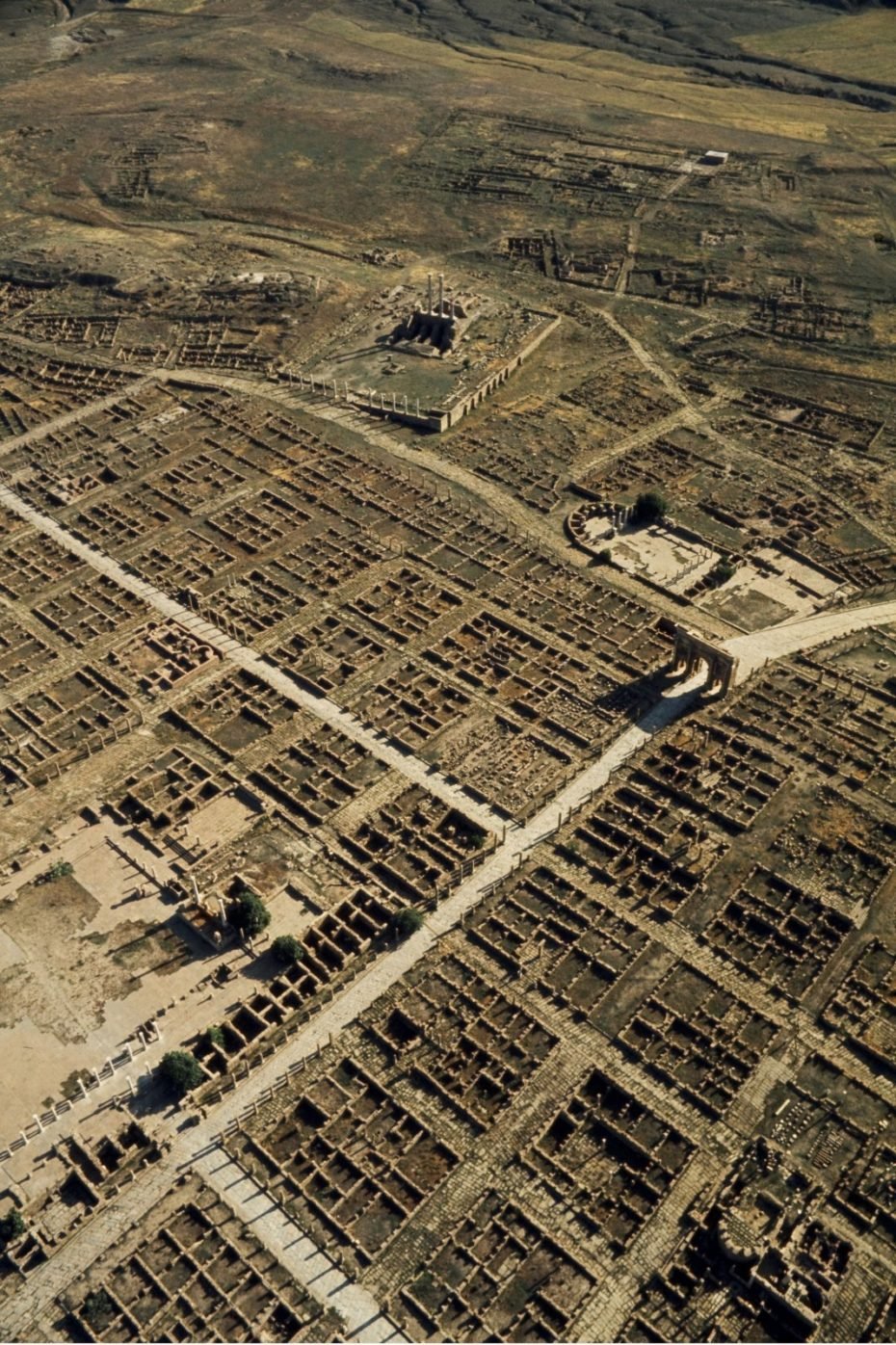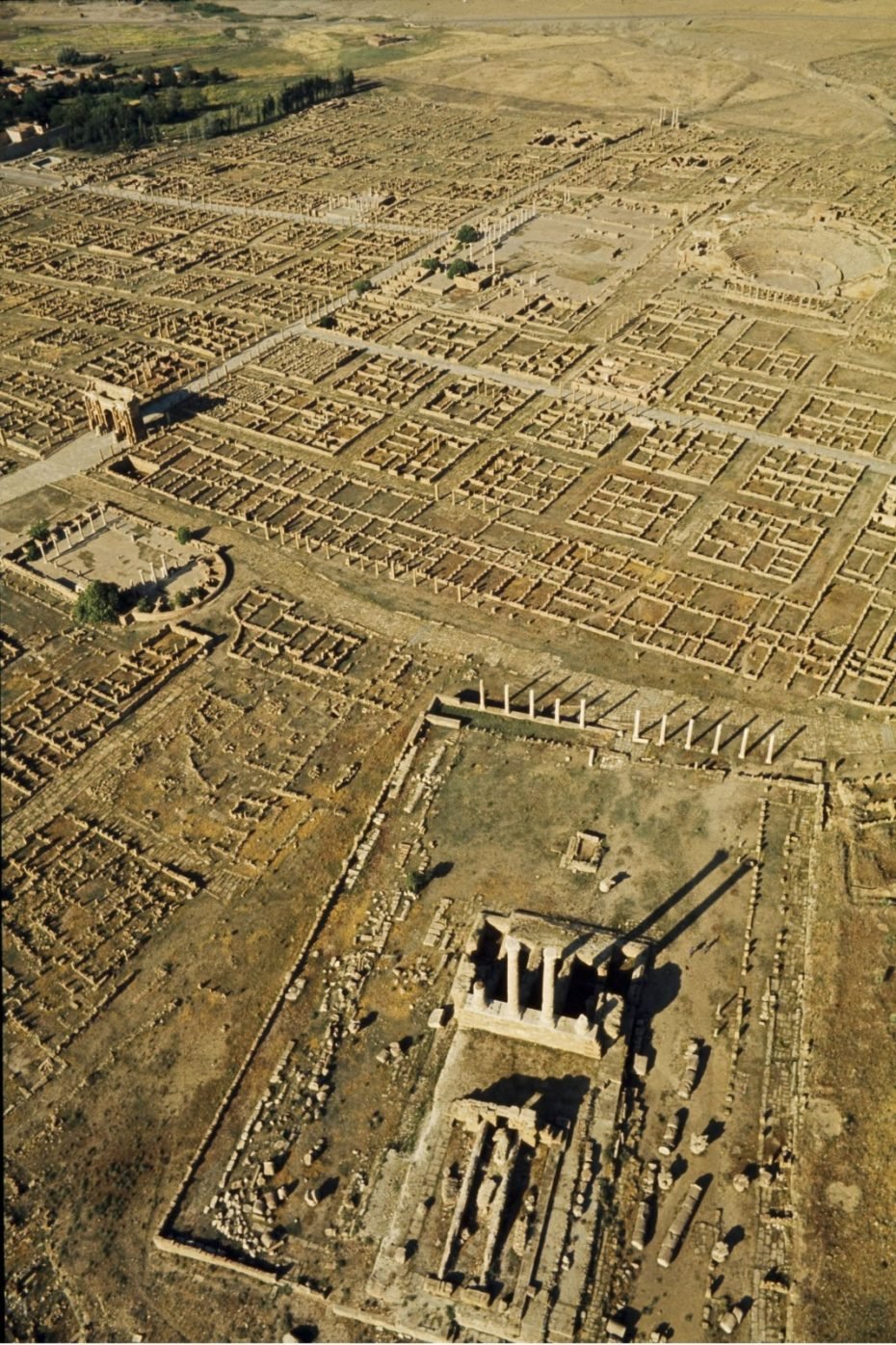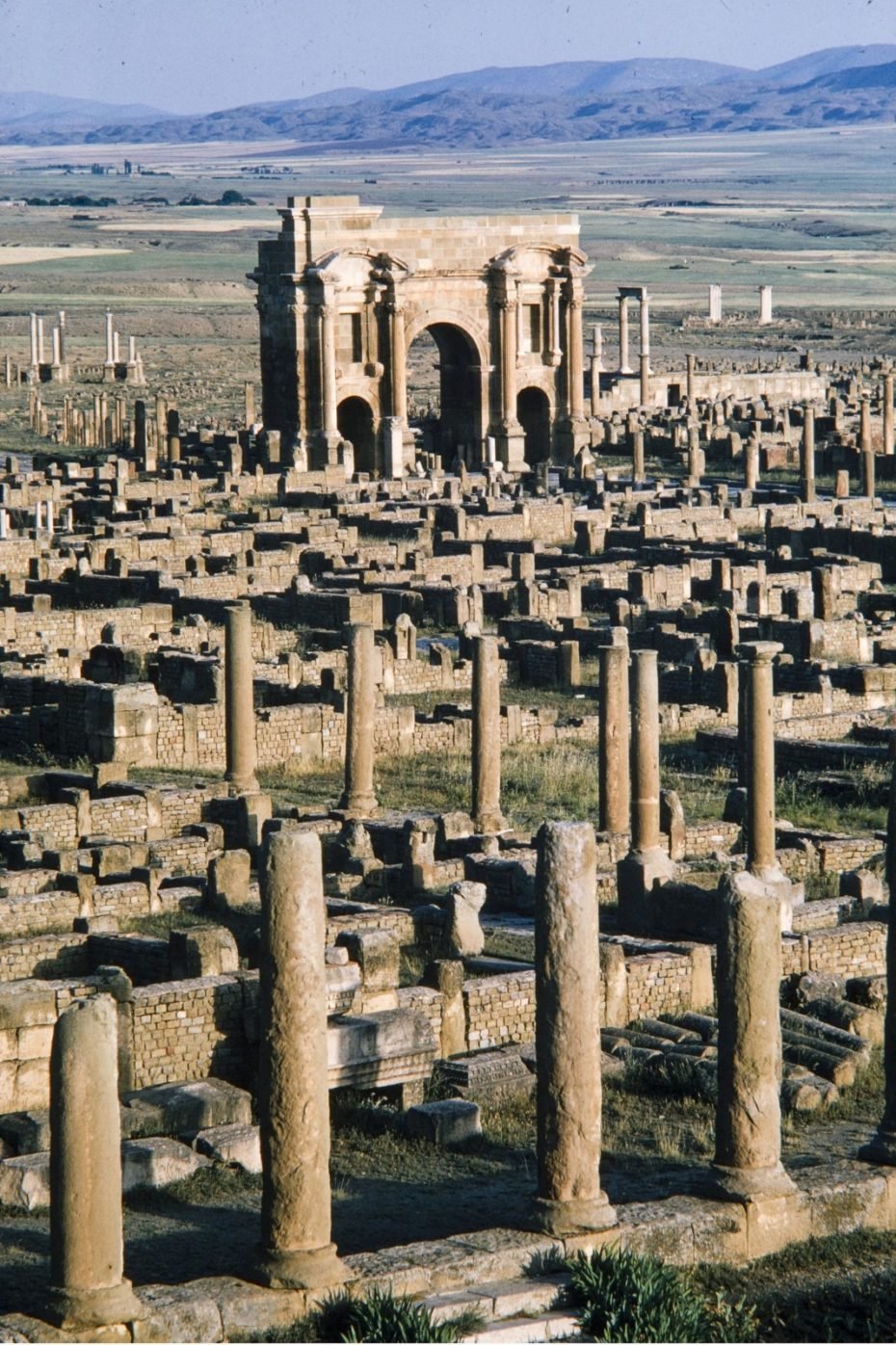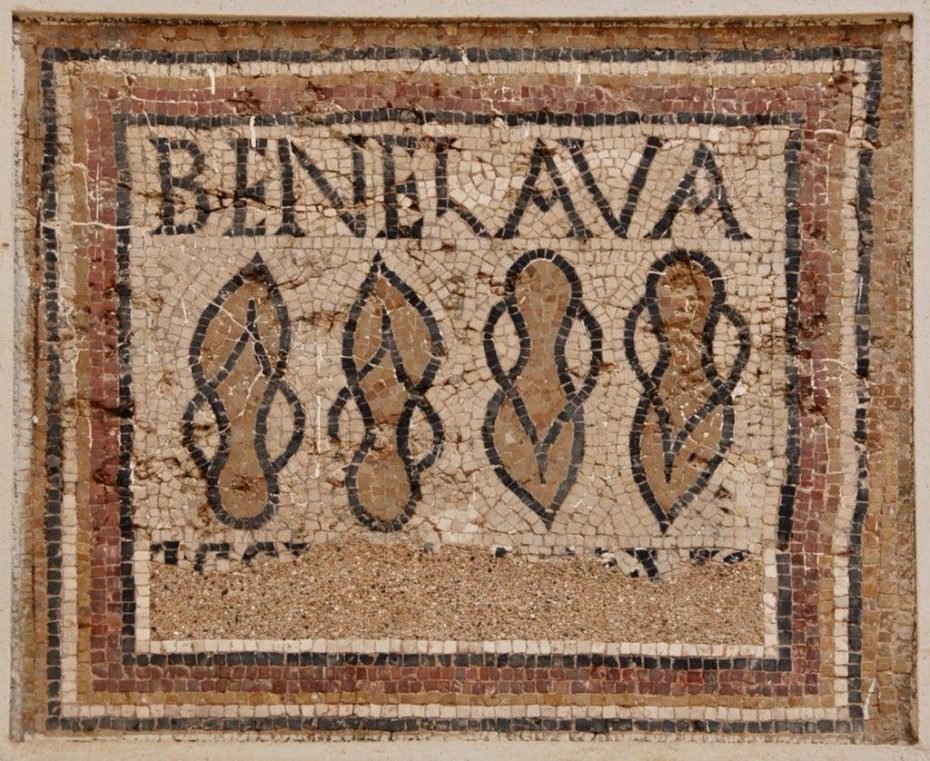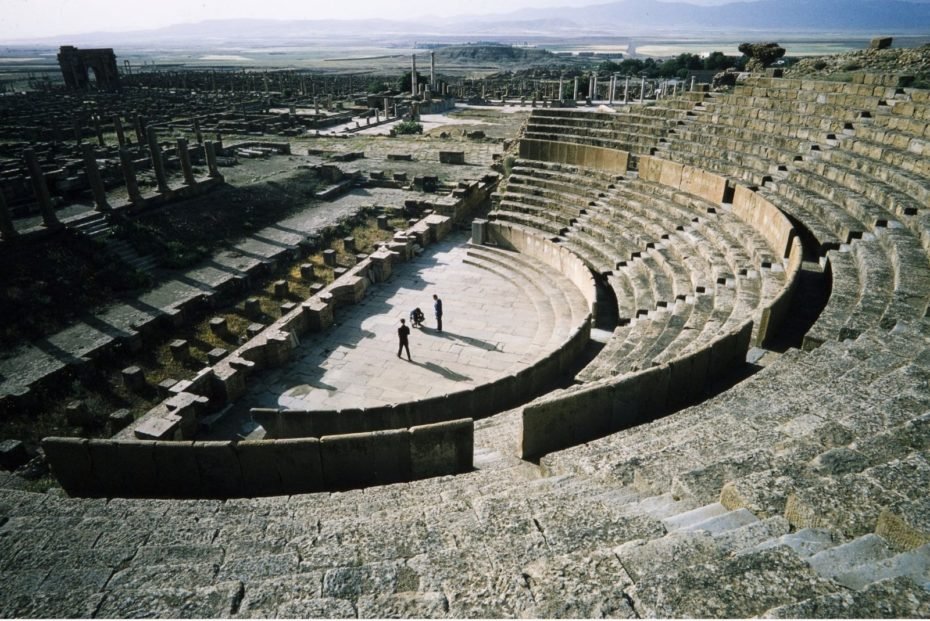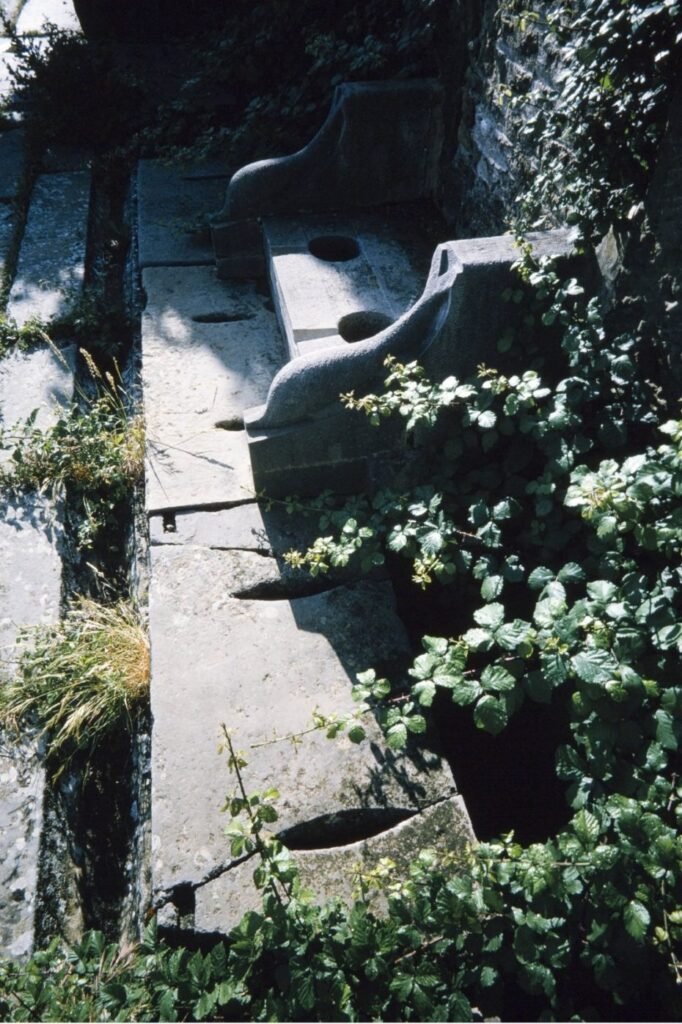The lives of our ancestors are still full of mysteries. While many archaeological discoveries have already helped us unravel some of the mysteries of history, other finds only raise more questions. It gets particularly tricky in cases where the recovered artifacts cannot initially be classified in a plausible context. The exciting objects that we are going to take a closer look at today also repeatedly become the focus of adventurous theories. We will now show you what makes the corresponding discoveries so special and what exciting background stories accompany them!
Most Incredible Recent Archaeological Discoveries
In the following video we will be exploring the most recent archaeological discoveries. Watch the video for more and enjoy!
Archeologists Discovered In Egypt What No One Was Supposed To See
Ancient Egypt was a land shrouded in mystery. No other civilization has captivated the imaginations of both intellectuals and laypeople. Its origins, religion, and magnificent architecture: towering temples, pyramids, and the enormous Sphinx are all shrouded in mystery. The Egyptian pyramids are the most famous of all ancient monuments, and the only remaining wonder of the ancient world's seven wonders. The seeds of civilization were initially sown along the Nile's banks, just as life emerged from the waters. The great Nile, which flows north from the heart of Africa to the Mediterranean Sea, fueled the pharaonic kingdom's expansion. People, animals, and plants were drawn to the banks of the long, narrow flood plain. Nomadic hunters settled in the valley during pre-dynastic times and began to grow crops to supplement their food source. The annual flooding of the river, viewed as a gift from the gods, deposited nutrient-rich silt across the land, creating excellent conditions for growing wheat, flax, and other crops. However, a recent discovery near the Nile River's banks has experts baffled. What did they discover, and were the ancient Egyptians keeping secrets from the rest of the world? Join us as we investigate some of the most recent finds in Egypt that have scientists concerned.
20 Creepiest Jungle Discoveries Ever Made
The jungle is no doubt a place of mystery. And also a place of talking orang-utans and bears if you’ve ever seen the jungle book movie. But those are the friendly aspects of the jungle, there are plenty of other things going on in these dark and dense places that are a whole lot creepier. From the fungus than can control your mind to the tree that breathes like you and I, here’s the 20 Creepiest Jungle Discoveries Ever Made
Most Bizarre Skeletons Ever Discovered!
Check out the most bizarre skeletons ever discovered! This top 10 list of mysterious and unexplained skull discoveries has some of the weirdest and strangest skeletons ever found around the world!
Buried in the sand for a millennium: Africa's Roman ghost city
While the whole city often does not vanish, the Roman colony of Thamugadi was established in the North African province of Mumidia by Emperor Traian about 100 A.D., the city, also known as Timgad or Tamugas.
Home to Veterans of the Third Augustan Legion, Thamugadi flourished for hundreds of years, becoming prosperous and thus an attractive target for raiders. After a Vandal invasion in 430, repeated attacks weakened the city, which never fully recovered and was abandoned during the 700s.
The desert sands swept in and buried Thamugadi. One thousand years would pass before the city received a visit from a team of explorers led by a maverick Scotsman in the 1700s.
Originally founded by Emperor Trajan in 100 AD and built as a retirement colony for soldiers living nearby, within a few generations of its birth, the outpost had expanded to over 10,000 residents of both Roman, African, as well as Berber descent.
Most of them would likely never even have seen Rome before, but Timgad invested heavily in high culture and Roman identity, despite being thousands of kilometers from the Italian city itself.
The extension of Roman citizenship to non-Romans was a carefully planned strategy of the Empire – it knew it worked better by bringing people in than by keeping them out.
In return for their loyalty, local elites were given a stake in the great and powerful Empire, benefitted from its protection and legal system, not to mention, its modern urban amenities such as Roman bath houses, theatres and a fancy public library…
Timgad, also known as Thamugadi in old Berber, is home to a very rare example of a surviving public library from the Roman world.
Built-in the 2nd century, the library would have housed manuscripts relating to religion, military history, and good governance.
These would have been rolled up and stored in wooden scroll cases, placed in shelves separated by ornate columns. The shelves can still be seen standing in the midst of the town ruins, today a UNESCO World Heritage Site and a monument to culture.
The remains of as many as 14 baths have survived and a mosaic portraying Roman flip-flops was found at the entrance of a house in Timgad dating back to the 1st or 2nd century, with the inscription “BENE LAVA” which translates to ‘wash well’.
This mosaic, along with a collection of more than 200 others found in Timgad, is held inside a museum at the entrance of the site.
Other surviving landmarks include a 12 m high triumphal arch made of sandstone, a 3,500-seat theater is in good condition and a basilica where a large, hexagonal, 3-step immersion baptismal font richly decorated with mosaics was uncovered in the 1930s.
You can imagine the excitement of Scottish explorer James Bruce when he reached the city ruins in 1765, the first European to visit the site in centuries. Still largely buried then, he called it “a small town, but full of elegant buildings.” Clearing away the sand with his bare hands, Bruce and his fellow travellers uncovered several sculptures of Emperor Antoninus Pius, Hadrian’s successor.
Unable to take photographs in 1765, and without the means to take the sculptures with them, they reburied them in the sand and continued on Bruce’s original quest to find the source of the Blue Nile.
Upon his return to Great Britain, his claims of what he’d found were met with skepticism. Offended by the suspicion with which his story was received, James Bruce retired soon after and there would be no further investigation of the lost city for another hundred years.
Step forward Sir Robert Playfair, British consul-general in Algeria, who, inspired by James Bruce’s travel journal which detailed his findings in Timgad, went in search of the site. In his book, Travels in the Footsteps of Bruce in Algeria and Tunis, Playfair describes in detail what he found in the desolate and austere surroundings of the treeless desert plain.
“The whole of this district is of the deepest interest to the student of pre-historic archaeology … we left Timegad not without considerable regret that we could not afford to spend a longer time there. We would fain have made some excavations as there is no more promising a field for antiquarian research.”
Just a few years later, French colonists took control of the site in 1881, and began a large-scale excavation, which continued until Algeria gained independence from France in 1959.
“These hills are covered with countless numbers of the most interesting megalithic remains,” wrote Playfair in 1877.
Bizarre & Mysterious Discoveries
In the following video we will be exploring some bizarre and mysterious discoveries. Enjoy!
15 Ancient Technologies Far Too Advanced For Their Time
In the video below we will be talking about 15 ancient technologies that were far too advanced for their time. Enjoy!
The Mystery Of The Lost Golden City Of Egypt
A quarrelsome ancient Egyptian monarch left Thebes, his name, his religion, and his throne three thousand four hundred years ago. What followed is known to archaeologists: The short-lived city of Akhenaten was founded by the pharaoh Akhenaten, who ruled alongside his wife Nefertiti and practiced sun worship there. After his passing, his young son, Tutankhamun, ascended to the throne of Egypt and rejected his contentious father's legacy.
Nestled within the sands of ancient Egypt lies an enigma that has confounded historians and archaeologists for centuries: the lost Golden City of Akhenaten. As the heretical pharaoh who upended Egypt's traditional religious order, Akhenaten's reign was as controversial as it was transformative. But beyond his religious revolution, there whispers a tale of a majestic city, splendid in its architecture and grandeur, glittering with gold—Akhetaten, the Horizon of the Aten. This fabled city, dedicated to the sun god Aten, became the epicenter of Akhenaten's new monotheistic religion. Yet, as swiftly as it rose to prominence, it vanished, leaving behind only fragments of its former glory. Journey with us as we venture back in time, sifting through myths, hieroglyphs, and the sands of time to unravel the mystery of the lost Golden City of Akhenaten.
Akhenaten, originally named Amenhotep IV, was an ancient Egyptian pharaoh who reigned during the 18th Dynasty of the New Kingdom period, approximately around 1353–1336 BCE. His reign is one of the most debated and analyzed in Egyptian history, primarily because of the radical religious transformation he instigated. Here are some key aspects of his reign:
1. Religious Revolution:
- Akhenaten is best known for introducing a form of monotheism to ancient Egypt. While the Egyptian pantheon consisted of numerous gods and goddesses, Akhenaten elevated the worship of the sun disk, Aten, above all others. This worship eventually evolved to a point where only Aten was recognized as the supreme deity.
- This shift led to Akhenaten's infamous decision to suppress the traditional cult of Amun and other gods. The temples of these gods were closed, and their clergy lost their influence.
2. Akhetaten (Modern-day Amarna):
- Akhenaten founded a new city called Akhetaten, which means "Horizon of the Aten," situated midway between Memphis and Thebes. Today, it's known as Amarna.
- This city became the new religious and political capital during his reign, moving away from the traditional power centers, especially Thebes.
3. Artistic Innovations:
- The Amarna period, named after the city, is renowned for its distinctive art style. This style was more realistic and relaxed than the formal, traditional Egyptian art. It often depicted the royal family with elongated skulls, slanted eyes, and protruding bellies.
- This unique portrayal has led to numerous speculations, ranging from stylistic choices to potential medical conditions.
4. Family:
- Akhenaten was married to Nefertiti, one of the most famous queens of Egypt. Together, they had several daughters.
- Some scholars believe that Akhenaten might also have been the father of Tutankhamun, the boy-king, though this relationship is debated.
5. End of His Reign and Legacy:
- Akhenaten's reign lasted around 17 years. After his death, there was a concerted effort to restore the traditional polytheistic religion. This move was led by his successors, notably King Tutankhamun.
- Many of Akhenaten's reforms were reversed posthumously. His city, Akhetaten, was abandoned, and many of its monuments were dismantled. The traditional religious order was restored, and the cult of Amun regained its preeminent status.
- Akhenaten became somewhat of a 'heretical' figure in later Egyptian history, with many records of him and his immediate successors (except Tutankhamun) being omitted or defaced.
Akhenaten's reign stands out as a profound period of change in ancient Egypt's long history. While his monotheistic revolution was short-lived, it provided a tantalizing glimpse into the complexities of ancient Egyptian society, religion, and politics.
12 Astonishing Archaeological Discoveries: History's Treasures
In the video below we will be exploring the 12 most amazing archaeological finds. Watch for more and enjoy!
Incredible Lost Civilizations Found In The Mountains
In the following video we will be discussing about incredible civilizations found in the mountains. Enjoy!
The Colossus of Rhodes - The Mystery Behind the Tallest Statue in the Ancient World
In this long video we will discuss the mysterious origins, history, and fate of the Colossus of Rhodes: Seventh Wonder of the Ancient World. We will learn a lot about Hellenistic history, Greek archaeology, ancient art, and the nature of building too tall.
The Genes Of This Tribe In New Guinea Carry DNA Of A Third Unknown Human Species
The genes of this tribe in New Guinea carry DNA of a third unknown human species. Today, we take a look at the genes of this tribe that's carrying the DNA of a third unknown human species.
Archaeology is a fascinating subject area, looking at how we have come to create the world that we know today. Looking at the past can often lead us to revaluate our understanding of a potential future and archaeology is one tool that lets us do precisely that. There is so much history that outdates our time on this earth and that tells the stories of many different civilisations that have walked their ways through this time.
A 1000 Year Old Sword Was Unearthed By Archaeologists From Beneath A Lake's Waves
Archeologists have discovered something mysterious beneath the waves of a lake. It would have been buried in Lake Lednica in Poland for about 1000 years. Archeologists initially thought it was just another random object, but little did they know its value.
Lake Lednica is located in Poland, approximately 23 miles from Pozna. The body of water is nestled within a beautiful protected landscape, safely away from the country's third-largest city. However, the lake's tranquil appearance today belies its historical significance in Poland.
Lednica is known for its spiritual significance every June. Every June, young people gather on the lake's shores for annual devotional meetings. The religious festivities last two days and culminate in a nighttime walk beneath a massive metal fish structure.
When Experts Dug Up A Russian Dance Floor, They Untangled A Massive Napoleonic Mystery
Archeologists are carefully removing soil in an unlikely location. They’re digging below the surface of an outdoor dance floor in the city of Smolensk, which lies about 250 miles to the west of Russia’s capital, Moscow. And what they’re about to uncover will solve a 200-year-old mystery associated with Emperor Napoleon Bonaparte’s ill-fated invasion of Russia.
Scientists In Egypt Made A Startling Exploration That Could Unlock The Secrets Of Mummification
A team of archaeologists is digging into tombs that were first dug up over a hundred years ago. This time, they find something truly amazing: a rare look into the mysterious process of mummification. This find reveals new information about how this mysterious and long-forgotten process worked.
The myth of Gawain and the Green Knight
Dig into the myth of the Green Knight, who comes to King Arthur’s court to challenge the honor and bravery of Camelot’s knights.
It was Christmas in Camelot and King Arthur was throwing a party. In the midst of the revelry, a towering knight proposed a game. He challenged the warriors present to attack him with his own axe. If they could strike him down, they would win his powerful weapon. However, he would be allowed to return the blow in one year. Dan Kwartler details the myth of Sir Gawain and the Green Knight.
12 Most Amazing Archaeological Finds
If you’re looking for recent archaeological discoveries, you’ve come to the right place. We’ve always got our noses to the ground in pursuit of the latest and greatest archaeological news, and we’ve found plenty of it. Some amazing things have been discovered recently, and we’re excited to share them with you in this video. Let’s jump straight into it!
Queen’s Tomb Of 800.000 Year Old Found In Egypt?
In this episode we are looking at one of the most exceptional tomb founds in history. Enjoy!
The Biggest Mysteries In Art Masterpieces
In today’s video we will be analyzing the biggest mysteries in art masterpieces. Enjoy!

